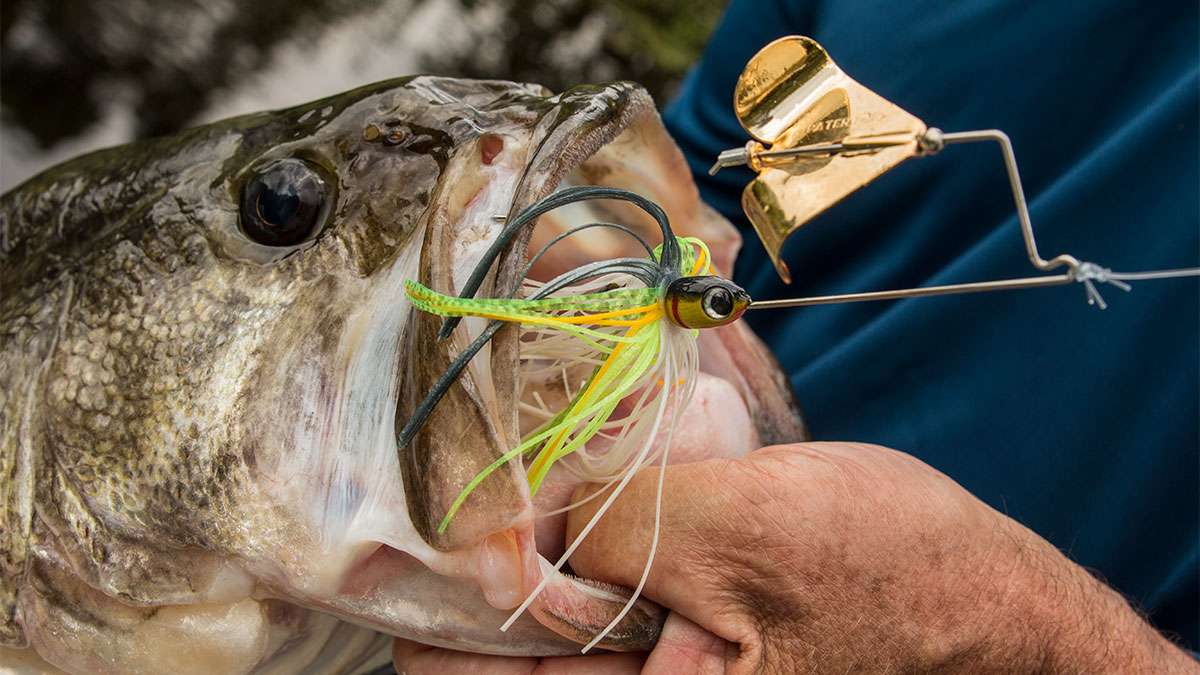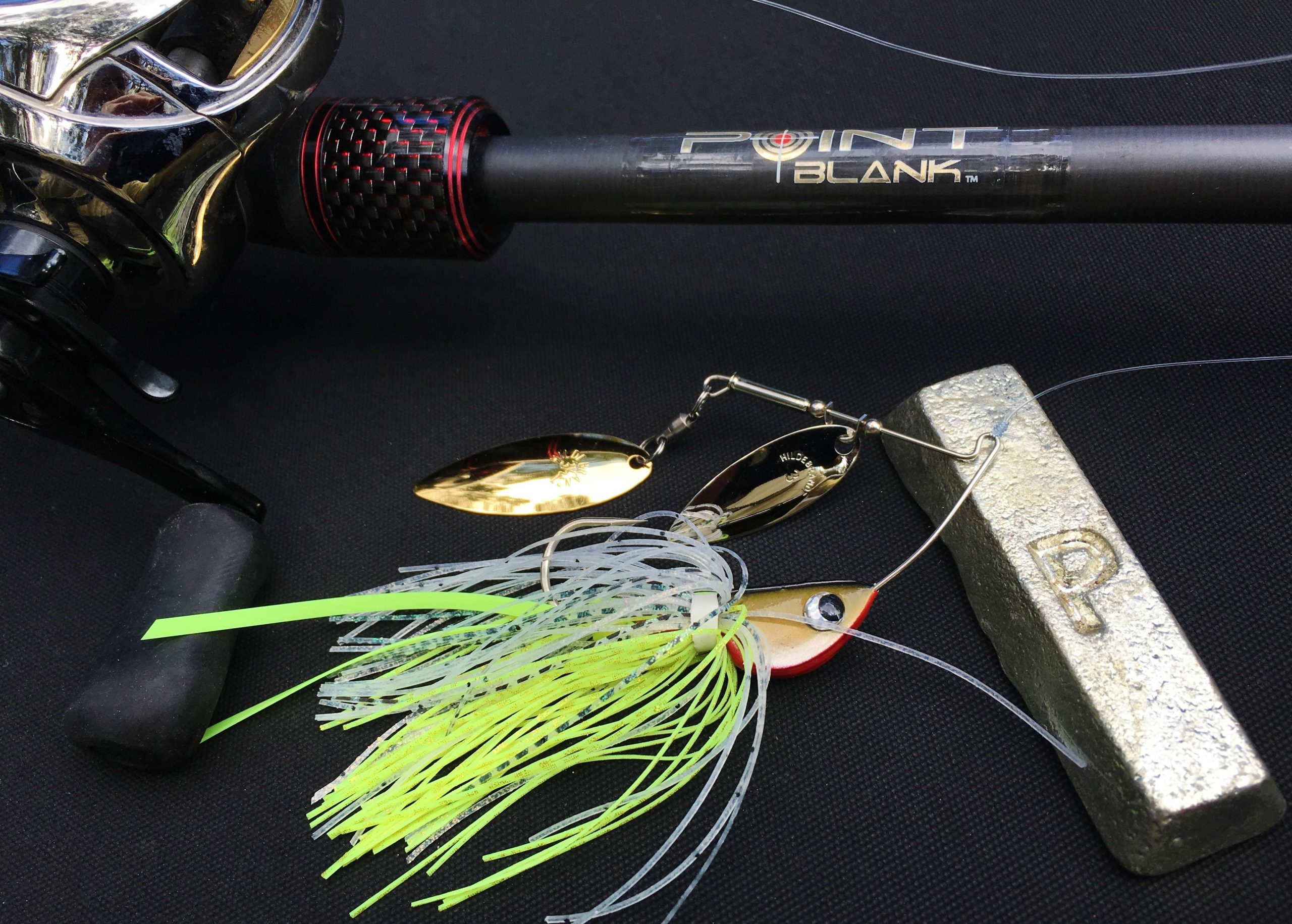
Early in my career, I learned a valuable lesson – one that continues to pay to this day. And I’d like to share that lesson with you in the hope that it will help you catch more fish.
The lesson? How tin – as opposed to lead – can make certain lures perform better. But before delving into any specifics, here’s some background on how I discovered its advantages.
Mother of Invention
I first learned of tin (as it applies to the manufacture of fishing lures) in the late 1980s – right after designing my first spinnerbait for Hildebrandt. At the time, a nationwide campaign to ban lead had been launched, and that gave company president Mark Hildebrandt serious concern.
You see, back then, much of their product line was dependent upon lead. The thought of a ban pressed Mark to seek out alternative, non-toxic materials. And after countless trials with a variety of metal and non-metal substances, we reached the conclusion that tin was, by far, superior … for several reasons, which we’ll get into.
Although we had found the right material, there were still setbacks: Tin was more difficult to mold than lead, and it’s also more expensive. Accepting this, the company pushed forward by building higher priced, niche spinnerbaits. Mine was the first, and we called it “The Blade.”

Unique to other spinnerbaits of the period, The Blade was designed specifically for bass feeding by sight in clear water. Aside from its tin construction, The Blade featured enhanced lifelike attributes found in natural forage fish, such as shad.
The decision to build this lure meant raising consumer costs considerably, and it met with some initial resistance. In retrospect, however, the move was brilliant. Not only were we building a lure using an alternative material, we gave it superior cosmetics – something, to that point, that had not been offered.
Since introducing tin to the bass market, Hildebrandt has continued to broaden its application across their product line – not only spinner-type lures, but buzzbaits and various jig heads, as well.
Why Tin Works
Here are a few reasons I feel tin is superior to lead.
First and perhaps foremost, tin is approximately 2/3 the weight of lead by volume. This means a lure can maintain a larger profile without any added or unnecessary weight – an important consideration when accurately matching the size of certain forage fish, like shad or blueback herring.
And because it weighs less by volume, lures molded with tin can be retrieved at much slower speeds, yet remain high in the water column – regardless of blade size or configuration. This is particularly advantageous when fishing over shallow grass, stumps or brush, or when trying to attract fish from long distances.
A spinnerbait molded with tin will shake and pulse more, where lead tends to dampen vibration. Tin spinnerbaits also fall much slower and more seductively than lead, which is ideal when drop-fishing the lure for bass in cold water situations – like in standing timber or along bluff banks.
Tin-molded spinnerbaits can be advantageous in stained water as well. They can stay in the strike zone longer, maximizing the pulse and flash that help fish to zero in.
When a high-speed retrieve is required, this same spinnerbait can track at warp speed without rolling over. So long as the lure is correctly balanced, it should run true at any rate of speed.
Another benefit to tin is that it’s much harder than lead. It won’t easily ding when struck against solid objects, like dock pilings or riprap. When lead-formed lures strike these objects, they tend to dent and cause paint loss.
Conservation Concerns
Perhaps one of the most important aspect of tin is that it is eco-friendly. It’s safe to fish and other forms of wildlife, where lead is not. Lead is highly toxic and we keep leaving way too much of it in the habitat our fish and birds depend on.
If you’ll give tin a try, I think you too will discover its advantages. You can check out some of the tin baits I helped design right here.
Main photo by Walker Smith.

